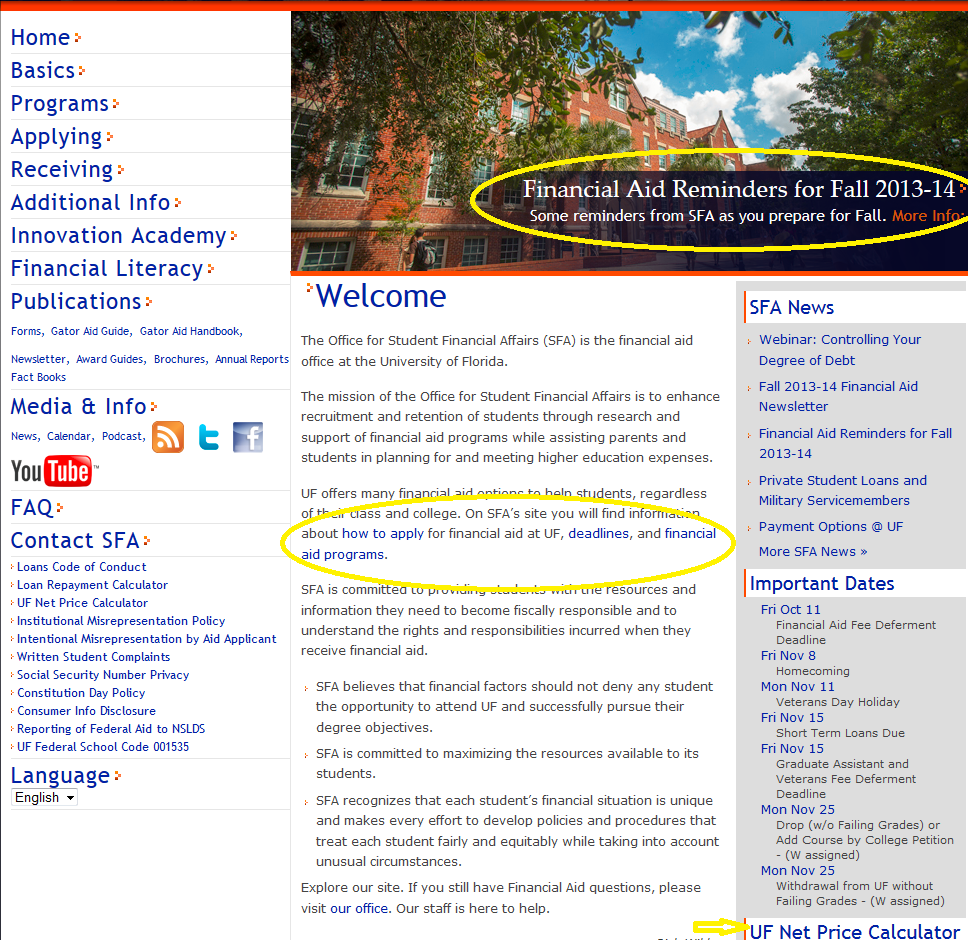Once upon a time, colleges were reserved for the privileged few who could afford them. As the cost of higher education in many markets escalated beyond the reach of even upper-middle class families and campus diversity became a greater priority, financial aid programs became a necessity. This combination of grants, scholarships and loans has made college and university more accessible to a larger demographic of prospective students. Studies have shown income diversity to play a significant role in determining school quality, with education perceived to be enhanced by increased interaction with peers from diverse socioeconomic backgrounds.
Financial aid has become a recruitment tool that schools employ to enroll the most desirable students. This strategy, called preferential packaging, is made admirably transparent on Muhlenberg College’s website. Institutions shape their classes by granting more aid and merit scholarships to preferable students, even exceeding a prized student’s financial need, while those closer to the bottom of the admitted group may receive partial aid or be put on a waiting list. The strategic use of financial aid is multidimensional and far more complex than external observers and even some senior enrollment managers can appreciate. It should be integrated and coordinated with institutional student recruitment strategy, understanding marginal costs and net revenues according to academic program, and the aid required to achieve the desired student mix and optimal net revenue.
Money matters in higher education have attracted greater scrutiny in recent years as intensifying competition and concern for an education’s return on investment has made prospective students more sophisticated consumers. Private colleges are increasingly vulnerable to stagnant wages, declining purchasing power, deepening student debt, the uncertain job market, and a declining perceived value of expensive four-year degrees. Last year, a Forbes headline alarmingly asked: “Is Higher Education A Giant Pyramid Scheme?” After years of relentless tuition increases, U.S. colleges are offering record financial assistance to keep classrooms full – an all-time high of 45% “tuition discount rate” last fall for incoming freshmen. While most U.S. schools offer merit scholarships and non-endowed institutional funds as a reduction off of tuition list price, others have met admissions targets by lowering tuition and associated financial aid, hoping to increase enrollment by offering a cheaper up-front rate.
As admissions teams in all markets are finding more students are using their websites as a one-stop-shop in lieu of traditional application routes, it is essential that their questions are answered there. Schools that can immediately provide the total cost of education without entangling and tedious fill-out forms will find their conversion rates go up as cost-per-enrollment decreases. Implementing a user-friendly net cost calculator can be a significant competitive advantage! While pricing necessities and financial aid resources differ for each market, there are many opportunities to simplify this process online. For example, adaptive questionnaires can remove irrelevant sections dependent on initial answers and share data between existing student information systems so data need only be entered once. Providing access to financial counselors is recommended but features that encourage online interaction improve efficiency and integrating resources on the website rather than redirecting to external sources maintains control of the conversion path.
Example: The University of Florida has an impressive student financial affairs page, clearly expressing the school’s commitment to maximizing available financial resources (in English or Spanish), with extensive information and tools easily accessible, including a net price calculator, scholarship search engine, reminders of important financial deadlines, and strategies to manage student debt.
In Canada, while tuition costs have been steadily on the rise, some colleges and universities have targeted international student marketing by promoting their comparable affordability, relative to U.S. institutions. Student assistance programs vary by province but colleges that can clearly communicate the application process and financial aid resources may position themselves as more appealing to prospects.
Example: Algonquin College features an uncluttered Financial Aid page that also looks good on a mobile device, with access to government forms and aid counselors, brochures, Ontario Student Assistance Program overviews and forms, and important dates. The “Pay” option is visible throughout the entire website and there are plenty of links for further information.
As always, Google Analytics can provide data-driven insights into the success of your Financial Aid resources and demonstrate areas for improvement.
What improvements to your Financial Aid page have worked best?







